Weeding is a chore I really don’t enjoy. Can you relate?
When I moved into my home near the lake, I quickly realized that using chemical weed killers just wasn’t an option I felt good about. Most of us in this area avoid them for environmental reasons - our yards drain toward the water. That’s when I discovered how effective and simple it is to use cardboard and mulch as a weed barrier.
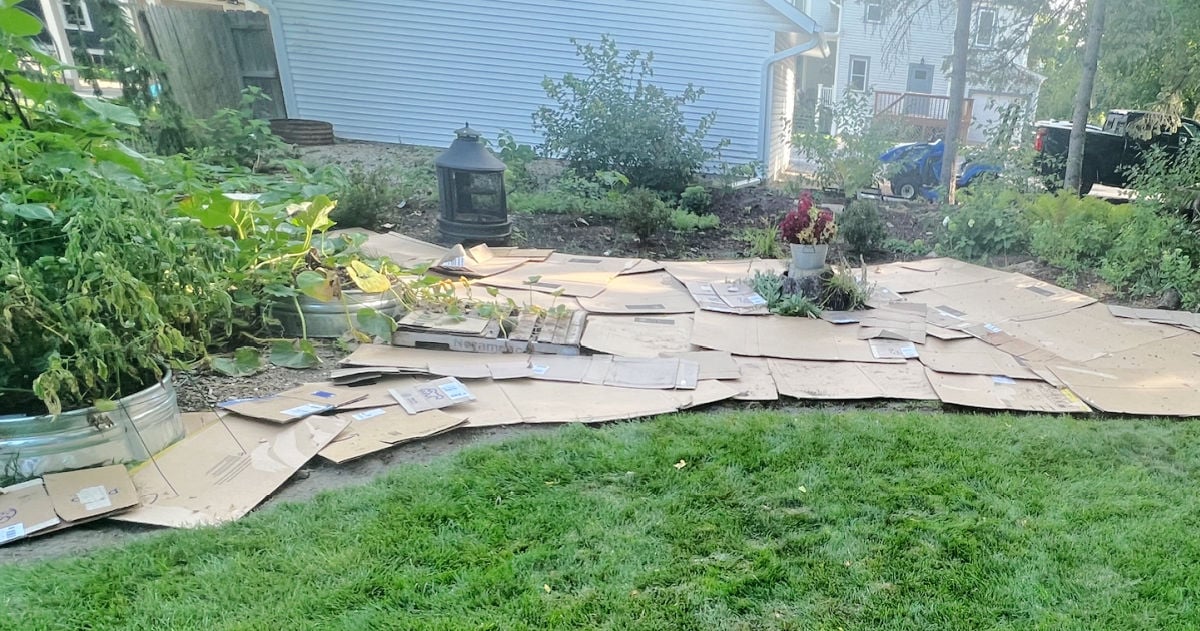
If you’ve been battling weeds in your flower beds, around trees, or even in a raised garden bed, this is the easy method that finally helped me reclaim my garden - without chemicals and without spending a fortune.
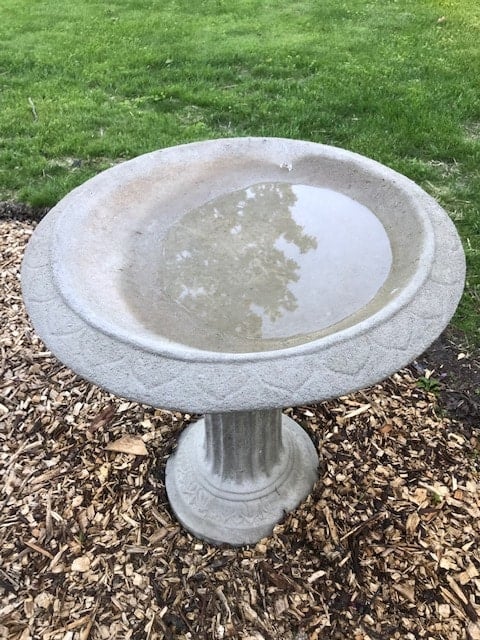
I have also also started planting groundcover plants so they will take care of smothering out future weeds. Then I don't need to keep mulching those areas!
Need more landscaping ideas? Here's how to Landscape with Grass.
Table of contents
- Why I Love This Chemical-Free Weed Barrier Method
- How to Keep Weeds Out of the Garden with Cardboard and Mulch
- How Does Cardboard Prevent Weeds?
- Is Chemical Free Weed Control Expensive?
- Weed Control Around Trees
- When Can You Put Down Cardboard?
- Bonus: How to Identify Problem Weeds
- Bonus #2: How to Get Free Mulch.
- FAQs
- Other Gardening Posts
Why I Love This Chemical-Free Weed Barrier Method
It’s cheap—cardboard is free and mulch can be, too.
It’s eco-friendly and supports soil health.
It’s way better than landscape fabric (which I’ve tried and disliked).
It helps prevent future weeds from germinating.
It actually works—and I’ve got the before/after photos to prove it.
How to Keep Weeds Out of the Garden with Cardboard and Mulch
Step 1
Start by removing existing weeds from your garden bed as much as you can. I usually hand-weed, especially if I’m dealing with aggressive spreaders. When I moved in, one whole side of my house was taken over by snow-on-the-mountain (also called goutweed or bishop’s weed)—a notoriously stubborn plant. If you’ve dealt with it, you know what I mean! Some gardeners use a weed killer here, but I skip the chemicals.
Step 2
Lay out the cardboard. Use brown corrugated cardboard—no glossy coatings, no colored ink. Remove all tape and any labels with plastic labels.
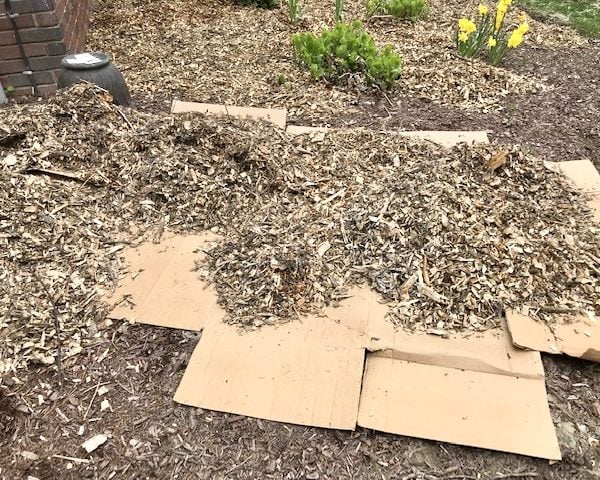
Overlap the pieces by a few inches so weeds can’t sneak through the seams. When placing the cardboard around plants, leave at least 6 inches of space around the base so water reaches the roots.
Tip: For oddly shaped beds or tree bases, I cut the cardboard to fit like a puzzle.
Step 3
Soak the cardboard thoroughly with water. My landscaper shared this tip: wet cardboard kind of glues itself togetherand stays in place better under the mulch.
Step 4
Cover everything with a thick layer of mulch—at least 2 to 4 inches. It hides the cardboard, helps prevent new weeds, retains soil moisture, and keeps roots cooler in the summer.
This simple process works like a charm in garden beds, tree rings, and tricky areas where weeding feels impossible.
How Does Cardboard Prevent Weeds?
Cardboard blocks sunlight, which prevents most weeds and seeds from germinating.
It smothers existing weeds and grass by cutting off their air and light supply.
As it breaks down, it enriches your soil—unlike landscape fabric, which can create drainage problems and is a pain to remove later.
Is Chemical Free Weed Control Expensive?
Nope! This method is incredibly budget-friendly. I used free cardboard boxes from local stores and free mulch—thanks to a clever trick I learned from hiring an arborist. When I had dangerous branches removed from my big backyard trees, I asked the arborist to leave the wood chips behind. Instant mulch, no delivery fees.
Even when I had a dying maple taken down later, they chipped it and left it for me again. Most arborist companies are happy to do this if you ask.
Weed Control Around Trees
I’ve used the cardboard method successfully around large trees where hand-weeding just wasn’t realistic. The branches are low, the ground is uneven, and weeds pop up fast. So I split cardboard boxes in two, cut a hole for the trunk, and slid the pieces into place under the canopy.
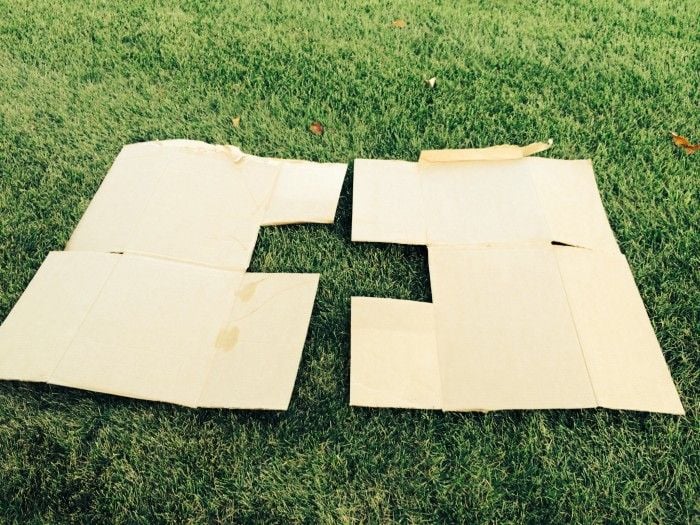
Just like in garden beds, I soaked the cardboard and mulched on top. Problem solved.
If you're curious about tree care, check out why I chose to work with a professional in this post:
Why Hire an Arborist
When Can You Put Down Cardboard?
Any time of year!

I like doing this in early spring before perennials get too large. It’s easier to work around the plants, and I get a head start on weed control.
Fall is also a great time—mulch is often on sale, and if nothing else, you can get the cardboard down to suppress weeds until next season.
Bonus: How to Identify Problem Weeds
Want to make sure you're actually targeting weeds - and not helpful native plants? These posts will help:
Ragweed vs. Goldenrod: How to Tell the Difference
Identify Spring Plants: Friend or Foe?
I’ve been using cardboard mulch weed barriers for years, and I’m still amazed at how well it works. Whether you're reclaiming overgrown beds or just want a more sustainable approach to weed control, this method is easy, effective, and gentle on your soil (and your wallet).
If you're starting a new garden or trying to maintain one, I encourage you to give it a try. And if you’ve used cardboard in your garden, I’d love to hear how it worked for you!
Bonus #2: How to Get Free Mulch.
I have huge trees in my backyard. But, they were actually dangerous because they were dropping big branches (too close to me when I was cutting the lawn). I had an arborist come and take down the dead, damaged branches and lighten the weight on some of the branches.
Then, two years later, I had a large dying maple removed. Lots more free mulch! The arborist companies are often very happy to leave the wood chips behind. It saves them from having to dispose of them.
FAQs
Use the plain brown kind of cardboard. Specifically WITHOUT the glossy print on it. Think of the plain shipping boxes. Boxes that Amazon uses are good. Boxes that come from Chewy . com are amazing. The Chewy boxes are an extra thick cardboard.
I usually just place the cardboard around the areas needed. Sometimes the cardboard overlaps and that is totally fine. For the edges, you can tear the sides of the cardboard or cut it (scissors don't do the job). I do use a box cutter to get my edge, especially a curvy edge. Box cutters are NOT expensive. I like this box cutter and it's just over $5 (yes, five dollars!).
If you don't, the cardboard disintegrates and you have these weird strips of packing tape in your garden! Anything plastic or tape-like on the box needs to be pulled off.
If your weeds are bad, use a double layer (or a thick cardboard). Then place 3ish inches of wood mulch on top. It's such an effective way to keep pesky weeds down!
Ask the people who have lots of Amazon deliveries. Or even better, the people who get their pet stuff delivered from Chewy. I have also asked at local stores and at wine/liquor stores (those are great boxes too). If you ask around there are people (like me) who hoard good boxes - lol.
I scored some great boxes from a neighbor who got furniture. Love those huge boxes.
Other Gardening Posts
I've been working hard on my yard! It's a work in progress but it gets better every year! I invite you to look at some of my other gardening posts.




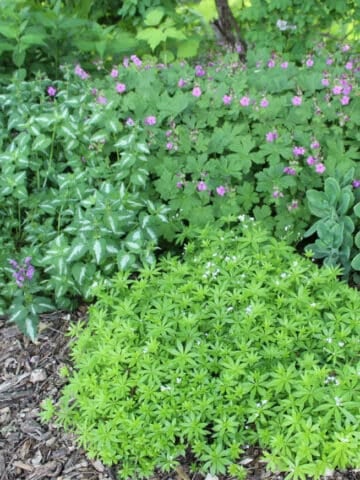

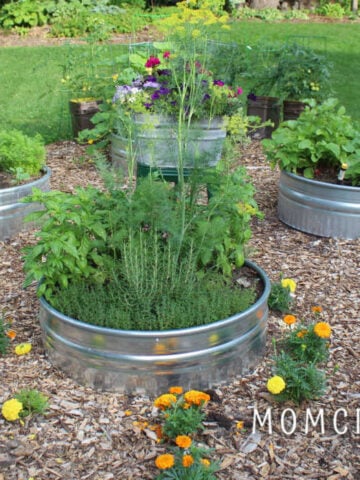
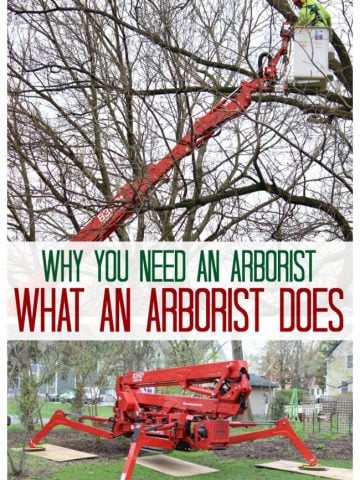
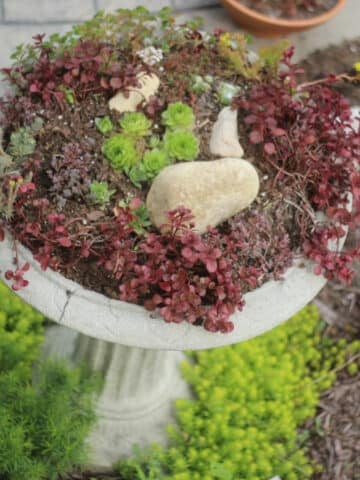
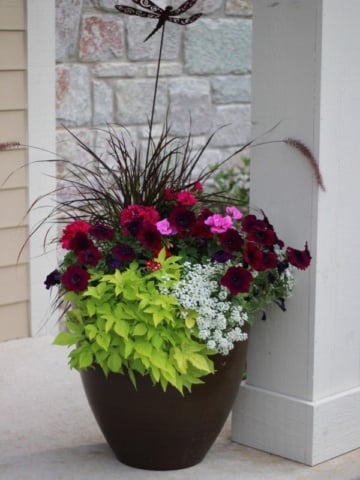
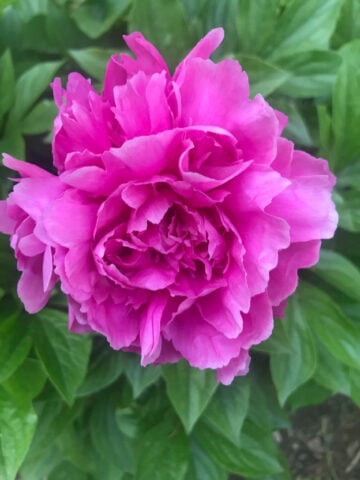
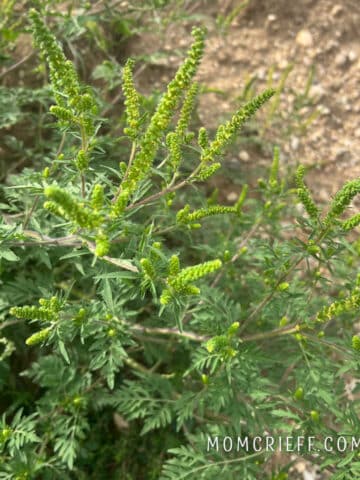
Judy Nye
I've used both - cardboard and newspaper & they work very well. Plus, it saves recycling.
momcrieff
I like that the newspaper and cardboard dissolves over time and doesn't turn into a mess like when trying to remove old black landscape fabric!
Carolyn Dollens
Can you use newspaper?
Barbara Chapman
Thank you for the reminder about cardboard, I forget that it works! Hope your hydrangeas are happy in their new spots. 🙂
Happy gardening,
Barb 🙂
Meegan
Thanks for sharing all of your hard work, plus your tips and tricks! Pinned.
Cat Michaels
Great ideas! I will give that cardboard cover especially a try in the new garden I’m creating,